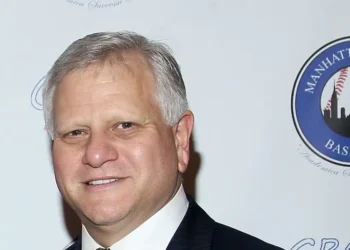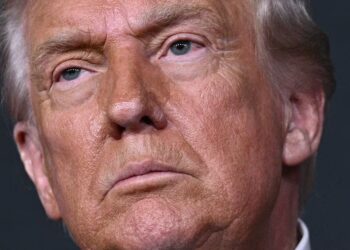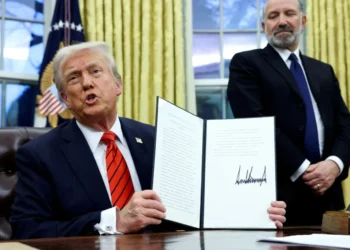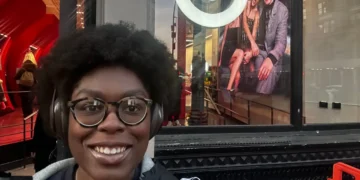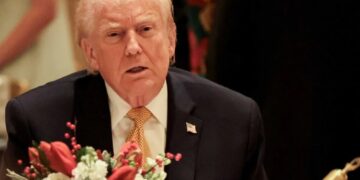GlamourGals bring more than manicures to nursing home visits
Thelma Swana’s advice for a good life is simple: Decide what you want to be and don’t worry about love...
Experts Question Denmark’s Vaccine Program as a Model for the U.S.
The United States, a nation of 343 million people with a complex and overburdened health care system, is poised to...
The New Surveillance State Is You
Privacy isn’t dead. Just ask Kristi Noem. The Department of Homeland Security secretary has spent 2025 trying to convince the...
‘I Was Just So Naïve’: Inside Marjorie Taylor Greene’s Break With Trump
Eleven days after Charlie Kirk was killed in September, Marjorie Taylor Greene, the third-term Georgia congresswoman, was watching his memorial...
Frozen cells, clones and a new generation of endangered ferrets
Black-footed ferrets, once widespread across western North America, were thought to be extinct in the 20th century. But after a...
For Zelensky, Just Keeping Trump Talking Counts as a Win
A new round of peace talks between President Volodymyr Zelensky of Ukraine and President Trump seem to have produced little...
Jane Austen is 250 — and as relevant as ever
Big anniversaries are coming up in 2026: 200 years since the deaths of Thomas Jefferson and John Adams, 250 since...
A year later, Altadena fire survivors confront hard choices about housing
ALTADENA, Calif. — Nearly a year ago, wildfire swallowed this quiet town in the foothills of Los Angeles, killing 19...
Tudor founding partner Peter Borish backs a new hedge fund
Rich Passer will begin trading at his new firm with $50 million in assets. Mecox Capital PartnersMecox Capital Partners is...
CNN Data Guru Reveals Trump’s Devastating Drop in Approval Rating
President Trump has suffered a devastating plunge in his approval ratings, according to CNN data guru Harry Enten. Enten, speaking...








